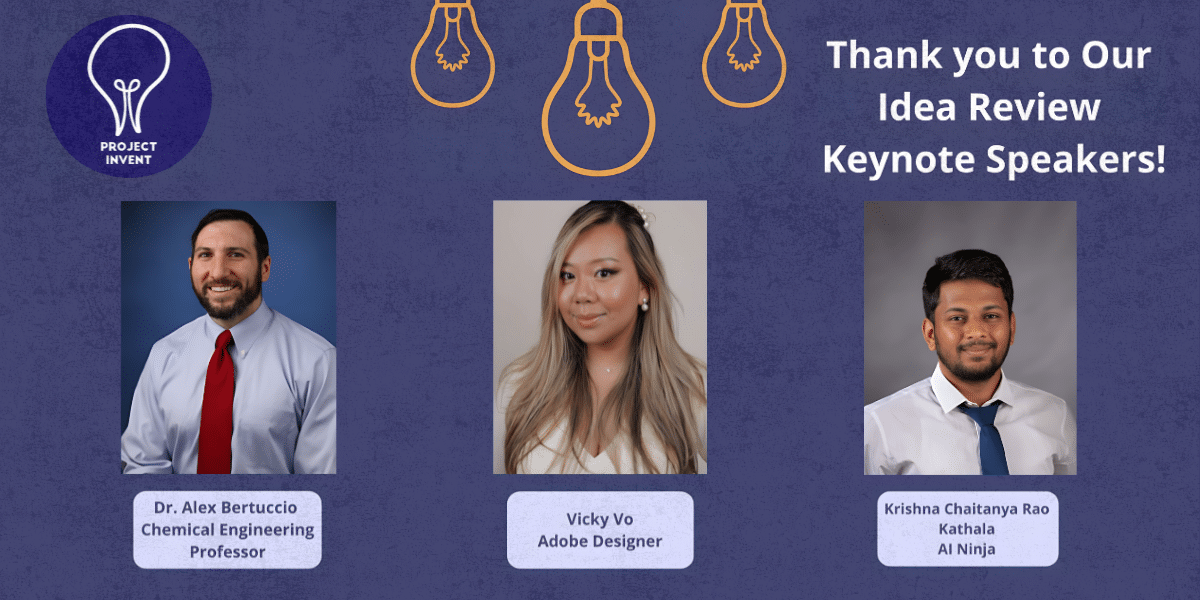In today’s workplace, it is more important than ever to be able to confidently put your best foot forward. Whether you are shy by nature or just feeling a bit out of your element in a new job or situation, there are ways to ease your anxiety and make meaningful connections with others.
However, it is also important to remember that there is nothing wrong with being shy–it is a natural emotion that everyone can experience. But if shyness is negatively impacting your life, then it is time to grow your confidence.
Lynne Henderson, PhD., founder of the Social Fitness Center, the Shyness Institute, and author of The Shyness Workbook uses the Compassionate Mind Approach in her work and practice. The compassionate mind approach, developed by psychologist Paul Gilbert, is a scientifically-proven method for retraining your brain to respond differently to social situations. It is a way to help people who suffer from anxiety, depression, and other mental health conditions.
The approach is based on the theory that humans have evolved two different types of responses to stress: fight-or-flight and tend-and-befriend. In the past, when we faced threats, our bodies would respond by either fighting the threat or running away from it. While this response is still helpful in some situations, modern life has presented us with many new types of stressors that we can’t physically fight or run away from. Things like deadlines, public speaking, and networking can all trigger our fight-or-flight response, even though there’s no real physical danger involved.
Over time, this chronic stress can lead to feelings of anxiety, isolation, and depression. Henderson says, “It’s important to counter these effects by teaching people how to respond with compassion instead of fear when faced with difficult situations. When you train your brain to respond compassionately, you’ll notice a decrease in your anxiety levels and an increase in your ability to connect with others.”
There are many ways you can implement this approach in your own life. First, it’s important to become more aware of your thoughts and feelings. When you start feeling anxious or stressed in a particular situation, take a step back and observe what’s going on inside your mind and body. What thoughts are you having? What emotions are you feeling? Once you’ve identified how you’re feeling, it will be easier to start changing those thoughts and emotions.
Next, try starting a dialogue with yourself using compassionate self-talk. This means instead of berating yourself for feeling shy or anxious, try talking to yourself as if you were comforting a friend in the same situation. For example, you might say something like “It’s okay to feel nervous about this presentation—everyone gets nervous before giving talks sometimes.” By speaking kindly to yourself, you’ll help ease your anxiety and boost your confidence.
Finally, make time for activities that make you feel good both mentally and physically. This could mean taking a yoga class once a week or taking regular walks outdoors. When we take care of our bodies, it’s easier for our minds to follow suit. Taking care of yourself will also help reduce stress levels and give you more energy to face difficult situations head-on.
Shyness has evolved as an emotion over thousands of years and can actually be helpful in some circumstances. When it interferes with life goals, develops into social anxiety or leads to “learned pessimism, however, then steps must be taken to ease that anxiety and build meaningful connections with others.
The Shyness Workbook: Take Control of Social Anxiety Using Your Compassionate Mind is a fabulous tool that can help. It offers a scientifically-proven method for retraining your brain to respond differently to stressful situations. Learn more about Lynne Henderson, Ph.D., at http://www.shyness.com/announcements/




